“From Treats to Treatments: All About Dog Bravecto 1000 mg Chewable Tablets”
What is Bravecto 1000 mg Chewable Tablets?
Bravecto 1000 mg Chewable Tablets for dogs are an increasingly popular form of veterinary medication and supplement delivery. Designed to be palatable and easy to administer, these tablets often resemble treats, which helps improve compliance among pet owners and reduces the stress of medicating animals. They are available in a wide variety of formulations, targeting issues from parasite prevention to pain management, behavioral conditions, and nutritional support.
Understanding Bravecto 1000 mg Chewable Tablets for Dogs: An Overview
Bravecto 1000 mg Chewable Tablets are orally administered dosage forms that typically contain active pharmaceutical ingredients blended with flavoring agents, binders, and excipients. They are formulated to be:
- Palatable: Often flavored with beef, chicken, bacon, or peanut butter to encourage voluntary ingestion.
- Stable: Designed for a long shelf-life and consistent potency.
- Convenient: Eliminates the need for forceful pill administration or injections.
There are two primary types of chewables:
- Prescription medications (e.g., flea/tick prevention, antibiotics, pain relief)
- Nutritional supplements (e.g., joint health, vitamins, digestive aids)
Proper Administration and Dosage Guidelines
Correct administration and dosing of Bravecto 1000 mg Chewable Tablets are essential to ensure the effectiveness of treatment and the safety of your dog. These tablets are formulated to be both palatable and easy to give, but responsible usage is key. Below is a detailed guide to help pet owners and veterinary professionals manage chewable medications properly.
1. General Principles of Administration
a. Follow Veterinary Prescription
- Give chewable tablets according to your vet’s specific guidelines.
- Do not adjust dosage or frequency without veterinary guidance.
- Keep the packaging and insert for reference on specific drug details.
b. Administer With or Without Food (As Directed)
- Some chewables can be given with meals to reduce gastrointestinal upset.
- Others, particularly parasite preventatives, are often more effective with food to improve absorption.
c. Ensure Full Consumption
- Monitor your dog to confirm that the tablet has been fully chewed and swallowed.
2. Dosage Determination
Dosage is typically determined by several factors:
a. Dog’s Body Weight
- Chewable tablets are often weight-specific, with dosing charts provided by the manufacturer.
- For example, heartworm chewables come in strength variations suitable for dogs weighing 0–25 lbs, 26–50 lbs, and 51–100 lbs.
b. Age and Health Status
- Puppies, seniors, or dogs with liver/kidney conditions may require adjusted doses or special formulations.
c. Medical Condition Being Treated
- Acute infections may need higher or more frequent dosing than preventive care.
- Chronic conditions like arthritis or hypothyroidism often require long-term, consistent dosing.
3. Techniques for Easy Administration
Even though chewable tablets are flavored, some dogs can be picky. Here are practical tips to make administration easier:
- Treat Disguise: Hide the chewable in a small amount of food or a treat, if approved by your vet.
- Positive Reinforcement: Offer praise or a reward immediately after your dog takes the tablet.
- Routine Creation: Administer at the same time daily or monthly to build a routine.
4. Missed or Skipped Doses
a. If You Miss a Dose:
- Do not give an extra dose shortly before the next one; simply continue with the regular schedule.
b. For Monthly Preventatives:
- Missing doses may leave your dog vulnerable to parasites (e.g., heartworms), so consult your vet about whether testing is needed before resuming treatment.
5. Storage and Handling
- Store chewable tablets in a cool, dry place, away from sunlight and out of reach of pets and children.
- Keep tablets in their original packaging to preserve potency and prevent moisture exposure.
6. Special Considerations
a. Multi-Dog Households
- Administer medications individually to ensure each dog receives the correct dose.
- Prevent one dog from stealing another’s chewable, which can lead to under- or overdose.
b. Dogs with Allergies
- Check the inactive ingredients for potential allergens (e.g., beef, chicken).
- Hypoallergenic alternatives may be available.
c. Chewing vs. Swallowing Whole
- Most chewables are safe if swallowed whole, but check the product label or consult your vet.
- Some medications may require chewing for proper absorption.
7. Veterinary Monitoring
- For chronic medications (e.g., NSAIDs, thyroid medications), your vet may recommend regular blood work to monitor for side effects or toxicity.
- Document any unusual behavior or side effects and report them during follow-up visits.
Safety Evaluation and Best Practices
Bravecto 1000 mg Chewable Tablets are widely used in veterinary medicine due to their convenience, palatability, and therapeutic effectiveness. However, like all medications, they come with potential risks and safety considerations. Understanding the safety profile of chewable tablets is essential for veterinarians and pet owners alike to ensure proper use and minimize adverse outcomes.
1. General Safety Profile
Chewable tablets are generally safe and well-tolerated when:
- Given at the correct dose
- Administered according to veterinary instructions
- Used in dogs without contraindicated health conditions
Advantages of Chewables in Terms of Safety
- Improved compliance: Dogs are more likely to consume medication willingly, reducing missed doses.
- Flavor masking: Reduces risk of medication aversion and stress during administration.
- Reduced handling risk: Unlike injectables or topicals, chewables present less risk of exposure to humans.
2. Common Side Effects
While most dogs tolerate chewable medications well, mild side effects may occur:
Gastrointestinal Issues
- Vomiting
- Diarrhea
- Loss of appetite
- Drooling (in response to taste or nausea)
Behavioral or Neurological Changes
- Lethargy
- Restlessness
- Disorientation (rare, often with high doses or certain medications)
Allergic Reactions (less common but serious)
- Itching or hives
- Swelling of the face or limbs
- Difficulty breathing
- Anaphylaxis (requires emergency treatment)
Note: Side effects often depend on the type of medication (e.g., antiparasitics vs. NSAIDs vs. antibiotics).
3. Risk of Overdose
Overdose can occur due to:
- Accidental ingestion of multiple tablets (especially if the chewables are left accessible)
- Incorrect dose administration
- Two dogs receiving each other’s medication
Signs of Overdose (Varies by Medication Type):
- Tremors or seizures
- Extreme vomiting/diarrhea
- Ulcers or bloody stools (especially with NSAIDs)
- Kidney or liver dysfunction
4. Contraindications and Special Warnings
Certain health conditions or breeds may require caution when using chewable tablets:
a. Pre-existing Conditions
- Liver or kidney disease: May affect drug metabolism or excretion.
- Seizure disorders: Some medications can lower the seizure threshold.
- Autoimmune diseases: Immune-modulating chewables should be used carefully.
b. Breed-Specific Sensitivities
- Dogs with the MDR1 gene mutation (e.g., Collies, Australian Shepherds) may be sensitive to drugs like Ivermectin and require alternatives.
5. Drug Interactions
Some chewables may interact with other medications, leading to increased side effects or reduced efficacy.
Examples of Risky Combinations:
- NSAIDs + Steroids: Increased risk of gastrointestinal bleeding
- Heartworm preventatives + certain antibiotics: Potential nervous system effects (in high doses)
- Multiple antiparasitics: Overlapping active ingredients may cause toxicity
Always inform your vet about all medications, supplements, or herbal products your dog is taking.
6. Palatability and Allergens
Many chewables are flavored with animal proteins like beef, pork, or chicken, which may trigger allergic reactions in sensitive dogs.
Considerations:
- Check inactive ingredients for allergens.
- Request hypoallergenic or unflavored versions if your dog has known food allergies.
Medical Uses and Applications
Chewable tablets are used to treat or prevent a wide array of conditions in dogs.
a. Parasite Control
- Heartworm prevention:g., Ivermectin, Milbemycin oxime
- Flea and tick control:g., Afoxolaner (NexGard), Fluralaner (Bravecto)
- Intestinal worm treatments:g., Praziquantel, Pyrantel pamoate
b. Pain Management and Anti-inflammatory
- NSAIDs:g., Carprofen, Firocoxib, Deracoxib for osteoarthritis and post-operative pain.
c. Antibiotics and Antifungals
- g., Clindamycin, Cephalexin used in chewable form for treating bacterial infections.
d. Behavioral and Neurological
- Anxiolytics:g., Trazodone, Fluoxetine for anxiety and phobias.
e. Endocrine and Chronic Conditions
- g., Levothyroxine for hypothyroidism, chewable formulations of insulin-like agents for diabetic support.
f. Nutritional Supplements
- Joint support: Glucosamine, chondroitin, MSM
- Skin & coat: Omega-3 fatty acids, biotin
- Digestive health: Probiotics, digestive enzymes
Patient Information and Support
Veterinary professionals and pet owners should be well-informed and supported regarding medication use.
a. Label Instructions
- Read labels for storage, expiration, and administration guidelines.
- Ensure chewables are placed somewhere pets cannot get to.
b. Veterinary Follow-up
- Routine visits help determine the efficacy and safety of extended treatment plans.
- Blood tests may be necessary for chronic therapies (e.g., NSAIDs, thyroid medications).
c. Owner Education
- Clear explanation of the purpose, side effects, and handling of the chewables.
- Demonstrations of how to give the chewables can be helpful.
7. Research and Future Directions
The market and scientific community are actively expanding the scope of chewable formulations.
a. Innovative Drug Delivery
- Extended-release chewables: Provide sustained release of drugs over weeks or months.
- Combination chewables: Treat multiple conditions with one tablet (e.g., flea, tick, and heartworm prevention in a single dose).
b. Palatability Studies
- Research on flavor preferences across dog breeds and age groups to improve compliance.
c. Precision Medicine
- Development of customized chewables based on genetics, disease profile, and lifestyle.
d. Veterinary Pharmacogenomics
- Investigating breed-specific drug reactions to optimize safety and efficacy.
e. Sustainability in Packaging and Production
- Eco-friendly packaging and production methods are gaining attention.
Conclusion
Bravecto 1000 mg Chewable Tablets have revolutionized the way medications and supplements are administered to dogs, combining effectiveness, ease of use, and improved owner compliance. With ongoing research and technological innovations, chewables are poised to remain a staple in both routine and advanced veterinary care. Responsible usage, guided by veterinary advice and supported by proper owner education, ensures that these products continue to deliver safe and effective results for canine health.







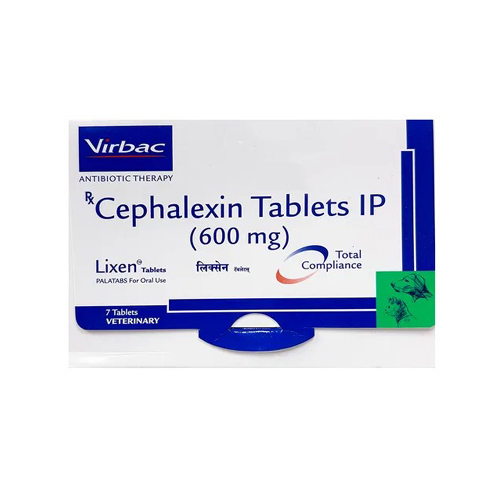
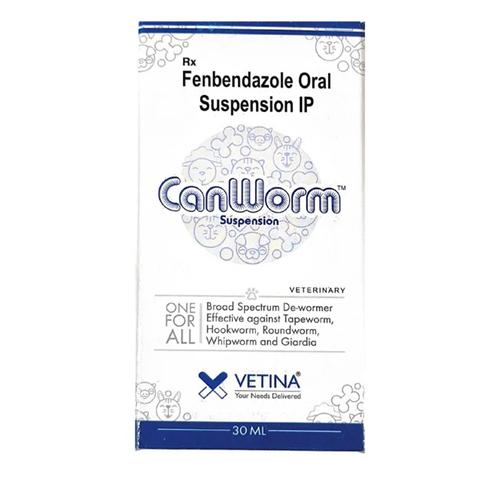


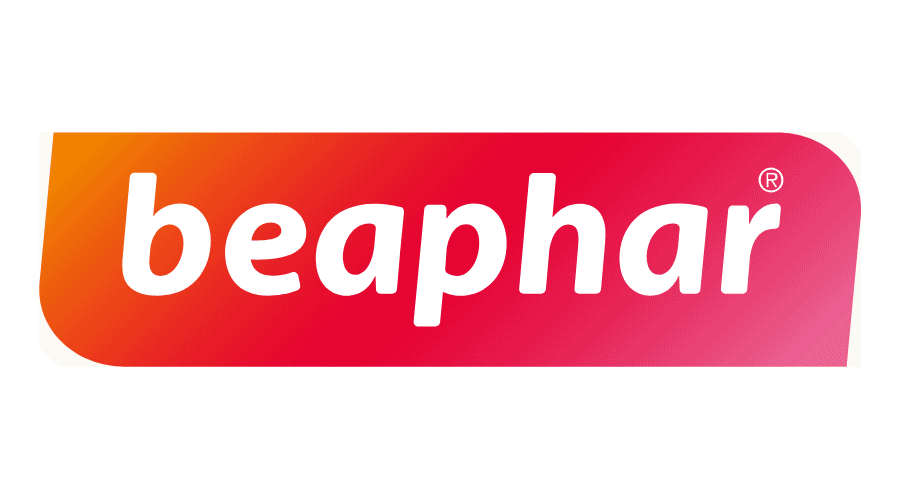
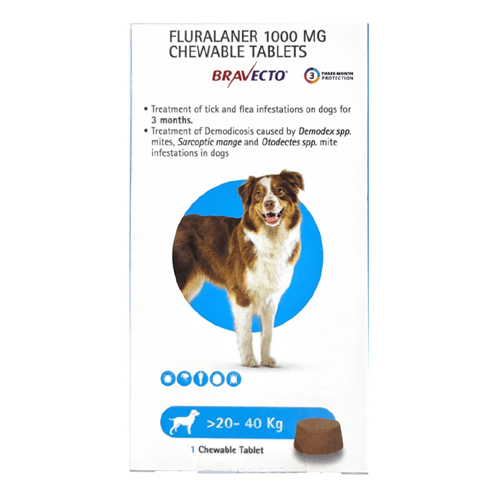
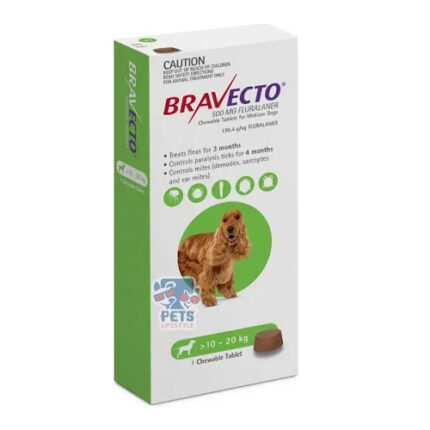
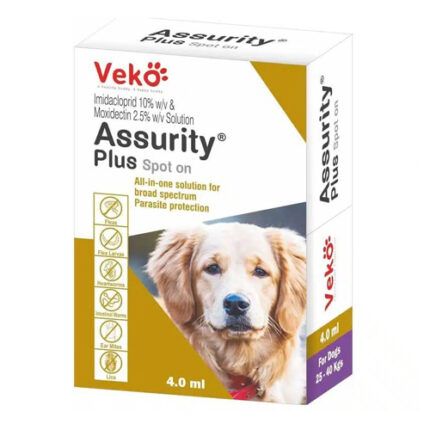

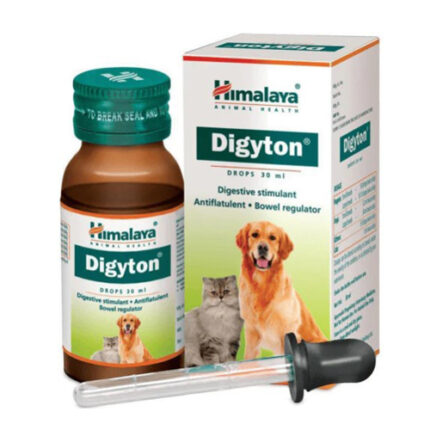
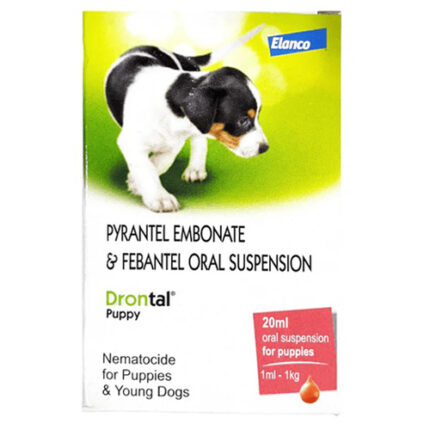
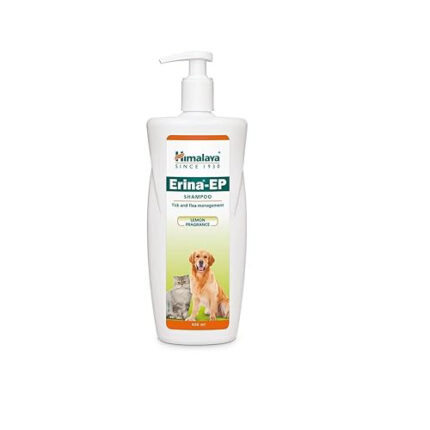
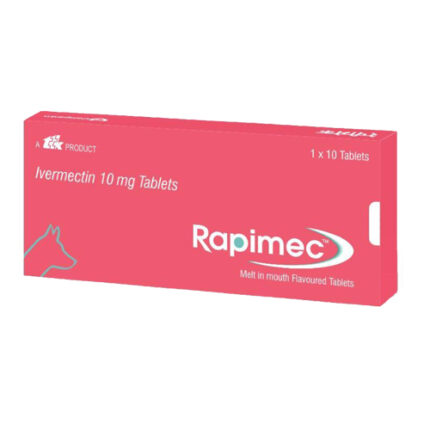
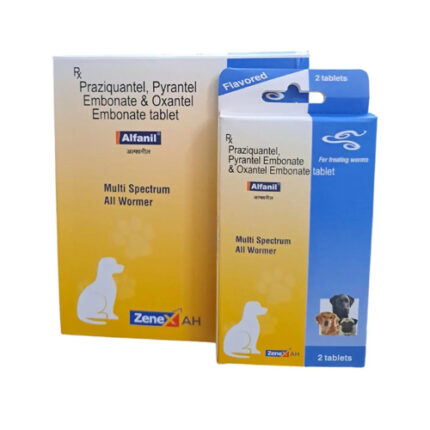

Reviews
There are no reviews yet.